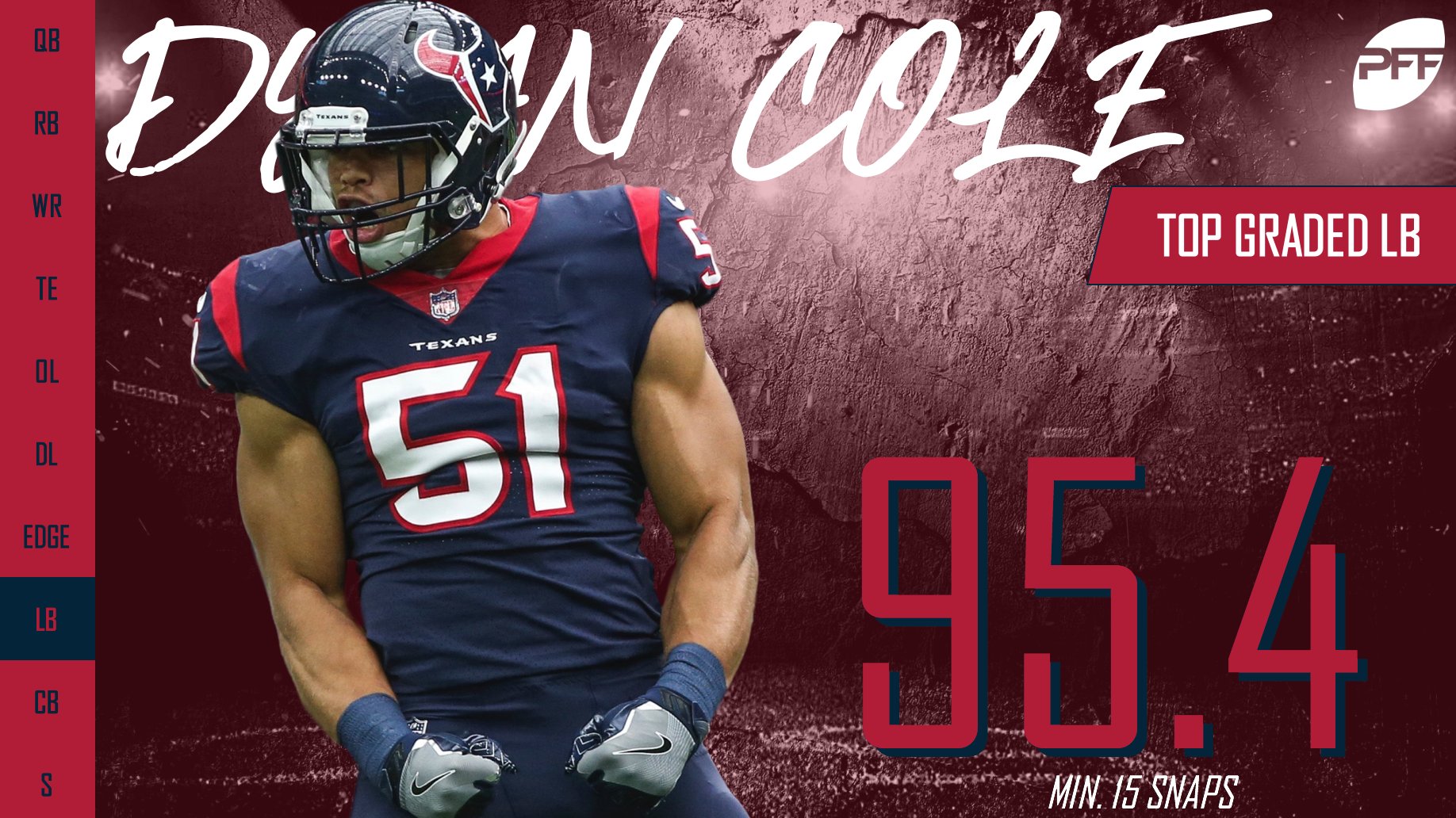HOUSTON — Back in 2013, I ran into then-Dolphins assistant GM Brian Gaine on the Gillette Stadium field a few hours before Miami played New England. Gaine asked me, “What do you think of Bill O’Brien?”
It wasn’t a haphazard question. Gaine had been on a couple GM interviews, and was working to prepare himself for more. That meant researching potential head-coaching candidates he felt he’d pair well with. And that background work led right him to the former Patriots offensive coordinator, who was at Penn State at the time.
“What I appreciated about him was his leadership skills, his ability to communicate clearly with players. He won, he knew what success looked like … It was his feel and understanding of how to build a program,” Gaine says now. “You’d seen him create great game plans in the [AFC East] and at Penn State. He was well-respected amongst his peers but also a great person who had a great passion for the game.
“What he did at Penn State was phenomenal under the circumstances. And it was [because of] a global viewpoint he had on what a winning program should look like.”
It hasn’t exactly been a straight line from then to now. But here they are, a half-decade later, Gaine as a first-year GM with the coach he was most curious about—but didn’t even know—all those years ago.
We’ll get to your mail in a minute, but I thought a good place to start this week was with the Texans’ re-start after a tumultuous 2017 that saw Deshaun Watson flash enormous potential, then go down for the year (with J.J. Watt and Whitney Mercilus joining him on IR), franchise fixture Duane Brown traded, the locker room tested during the anthem controversy and the team’s football operation reconfigured. What’s left in the aftermath is one of the NFL’s most intriguing outfits going into ’18.
With the caveat that everyone’s undefeated on Aug. 13, the Texans are humming now. There’s a new weight room (or sports performance center, as they’re calling it), a new cafeteria (that’s the sports performance café), a new strength chief, a new nutritionist, a new team meeting room, redecorated walls reflecting players’ investment in the organization, and a reconfigured scouting system and staff.
But what’s really interesting here is how the existing foundation will fit into all that. Watson, Watt, Mercilus, DeAndre Hopkins, et al are mainstays, and O’Brien is now five years in. Gaine worked in the team’s personnel department from 2014-16, a three-year span during which Houston won a pair of division titles. That is to say, this one isn’t coming from the ground up.
Along with the talent in-house, O’Brien and Gaine knew there’d be a common belief system to build off of.
“Alignment’s big,” O’Brien says. “Brian having worked for coach [Bill] Parcells, and myself having worked for Coach [Bill] Belichick, there are a lot of differences obviously, but there’s also some things that we both believe in—the draft, what type of players we want, what type of culture we want. We’re both from the Northeast, we grew up in the business in a similar way.”
So what are they looking for? It’s straight out of the Belichick/Parcells playbook. Gaine worked to tighten height/weight/speed parameters for each position—Parcells used to say, “If you keep making exceptions, you’ll wind up with a team full of them”—and the two emphasized a personality profile they wanted in players. That applied, as O’Brien explained it to me, in the reworking of the offensive line. Gaine knew Seantrel Henderson from his year in Bufffalo, and his assessment matched what former Bills coach/O’Brien buddy Doug Marrone had said to O’Brien in the past. Both guys liked the center/guard versatility of Chiefs free agent Zach Fulton. And they were in agreement too, watching ex-Saint Senio Kelemete.
“We have our disagreements, which is healthy, “ O’Brien says. “But then we go and watch the film together and come to a conclusion, and I think that’s important. … Part of it’s our friendship—we’re very good friends, our families know each other, it’s easy. It’s very comfortable for me to go to his office, knock on the door and say, ‘Hey, let’s talk about this.’ And the same goes for him.”
The results are already apparent to the players, especially when it comes to the most obvious intangible trait that O’Brien and Gaine are looking for.
“You bring in a guy like Tyrann [Mathieu], that’s obviously a big move for us. You have a guy like Deshaun. I don’t think we’ve seen the extent of what it’s going to be, but you can start to see it,” Watt told me. “I think the No. 1 thing they want is guys who love football. That’s probably the biggest thing you can see, they want guys who want to be on the field, want to play the game, want to work in practice and get better. That’s how you’re going to win.”
Whether this will take the Texans to another level of success is yet to be seen. What’s already clear, though, is how the organization is moving forward in lockstep with a pretty defined model in mind. Gaine points to watching ex-Jets personnel chief Dick Haley and Parcells work in tandem as a young scout in the ’90s, and believes that is his ideal for the relationship: The personnel people getting players specifically for the coaches, rather than just throwing talent at them. And O’Brien saw Scott Pioli and Nick Caserio carrying out their roster building similarly for Belichick from 2007-11.
Their early moves have produced a team that’s bigger, longer and stronger based on, as Gaine puts it, “how we wanted our team to physically look,” with more athleticism at the skill spots. And again, while it’s hard to say where all of this goes, it’s easy to see how healthy this place has become. It’s not hard to see why, either.





